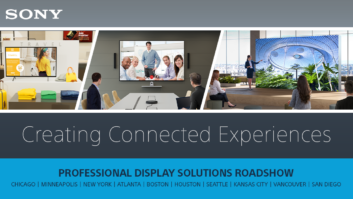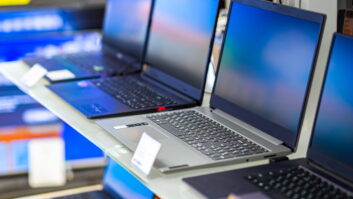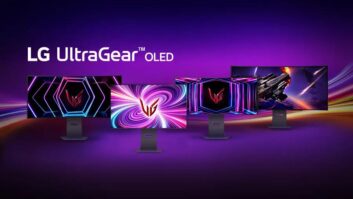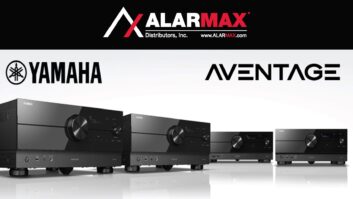New York — The Digital Home Working Group (DHWG) is on target for June completion of the first phase of interoperability standards that will permit content sharing among networked PCs and consumer electronics products, said Pat Griffis, the group’s vice chairman.
Speaking here at the Home Entertainment 2004 show, the Microsoft executive said the phase one standards would specify a minimum set of existing licensable media formats, physical-layer network standards and other standards to guarantee the seamless sharing of audio, video and digital still images among certified networked devices.
Phase one standards would enable audio, video and digital-still-image sharing between PCs and such CE products as stereo systems, DVD players and TVs. The phase one standard will support multiple simultaneous streams and such applications as streaming the content of DVD megachangers and unprotected DVR content to clients in other rooms, he told TWICE.
Phase 2 standards, targeted for December completion, would add more complicated applications, such as pausing a program in one room to continue it in another room, he said.
The required media formats are two-channel PCM for audio, MPEG-2 for video and JPEG for digital images. Optional audio formats are AAC, AC-3, ATRAC3plus, MP3 and Windows Media Audio 9. Optional video formats are MPEG-1, MPEG-4 and Windows Media Video 9. Optional imaging formats are GIF, TIFF and PNG. Products incorporating optional formats must be capable of converting them to one of the baseline formats.
To deliver connectability, the consortium is giving suppliers a choice of wired or wireless Ethernet, without specifying that a wired Ethernet port or a particular wireless Ethernet standard [such as 802.11a, b or g] must be included at a minimum, Griffis told TWICE. The group’s standards, Griffis noted, “won’t miraculously solve all interoperability problems.” Typically, however, products incorporating built-in wireless Ethernet are equipped with a wired-Ethernet port.
The Internet protocol (IP) will be the network protocol, and HTTP will be the protocol for transporting content over a home network. For device discovery and control, the group chose Microsoft’s Universal Plug and Play (UPnP). The group won’t define a specific user interface.
The first round of guidelines won’t specify baseline digital-rights-management (DRM) standards or quality-of-service (QoS) standards. The latter would prevent streaming audio and video dropouts resulting from data collisions on the network.
In the second half, the group will develop certification test guidelines that will test a product’s compliance with phase one standards. The guidelines will take into account “the many options for implementing a standard” that may prohibit products from communicating even though they use the same standards, he said.
The test guidelines won’t be available in time for sales of certified products by the Christmas selling season, he said, but the group “expects preliminary product implementations by Christmas or CES.” Members, he explained, are eager to offer products by CES even though a formal certification test program “won’t be up yet.” He said the group is “working through what companies will be allowed to say” if the companies offer compliant products that haven’t gone through formal certification testing.
Formal testing is expected to begin in the first half of 2005 and will either use a third party for testing or allow suppliers to self-certify. Once a product is certified it will be eligible to wear the DHWG logo to assure consumers that the products will work together.
To choose DRM technologies for future use, the group will work with the content community, he said. “Hollywood has expressed an interest in working through those issues, he said, and CableLabs wants to join. Nonetheless, “we won’t see serious work [on DRMs] until 2005,” he said.
The 130-member group, formed in mid-2003, includes Hewlett-Packard, Intel, Microsoft, Nokia, Panasonic, Philips, Samsung, Sony, Fujitsu, Gateway, Hitachi, IBM, Kenwood, LG Electronics, Motorola, NEC, Sanyo, Sharp and Thomson.













